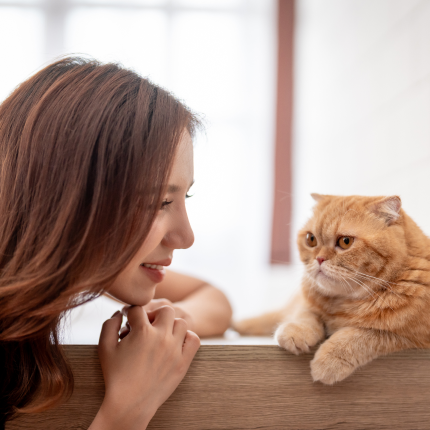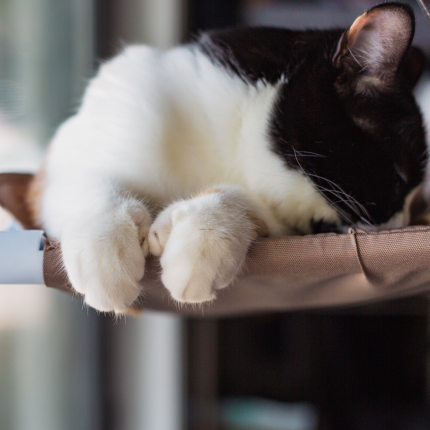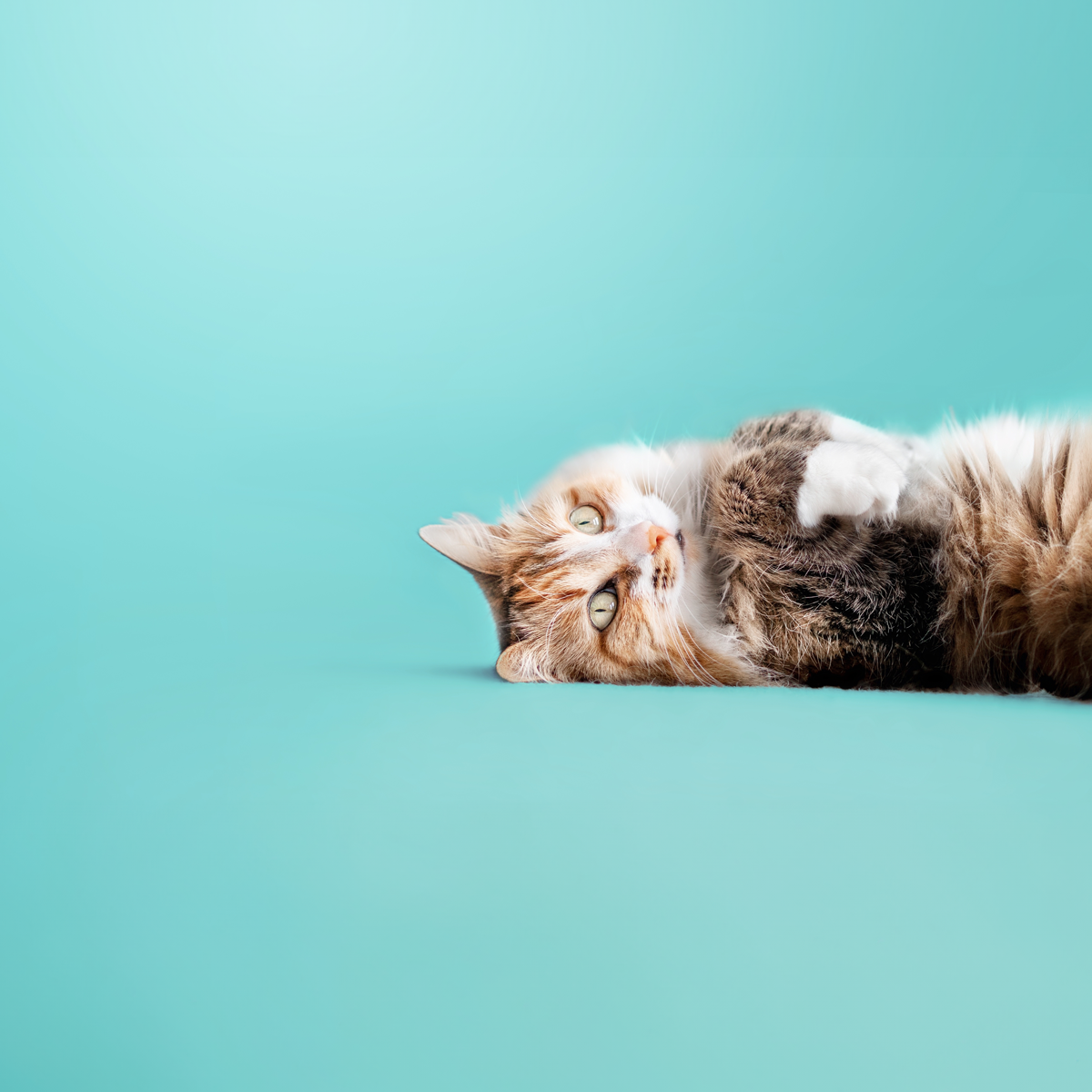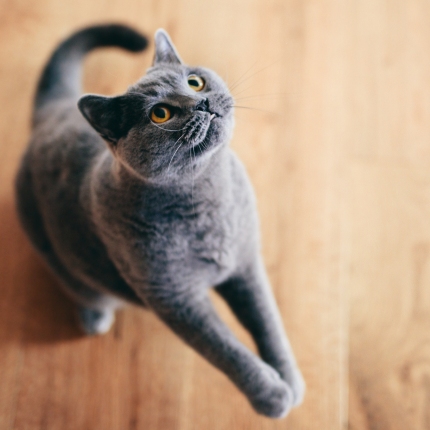Women’s Oxytocin Responses to Interactions with Their Pet Cats

Oxytocin (OT), often called the “love hormone,” has long been studied in the context of human attachment, particularly in maternal-infant bonding and human-dog relationships. This neuropeptide is known to play a crucial role in promoting social bonding, trust, and feelings of affection. But what about our interactions with cats, who are often considered more independent than dogs?
advertisement
Measuring Oxytocin Responses in Women
To fill this gap, a recent study investigated how interactions with pet cats affect women’s oxytocin levels. Thirty women of reproductive age participated in the study, which compared changes in their oxytocin levels before and after two activities: reading a book (the control condition) and interacting with their pet cat.
Saliva samples were collected before and after each condition to measure changes in OT levels. The study also documented the types of human-cat interactions during pet interactions, examining behaviors like petting, vocalizations, and the cat’s reactions.
The Results
Interestingly, when comparing the cat interaction condition to the reading control, the study did not find any significant changes in oxytocin levels. In other words, interacting with a pet cat did not lead to a noticeable spike in oxytocin levels, at least not how it was observed with dogs.
However, the study revealed some nuances in the data. Women’s oxytocin levels were positively correlated with certain cat behaviors. For instance, when women were actively petting their cats or their cat initiated the interaction by approaching them, oxytocin concentrations in the women tended to be higher. Conversely, negative interactions, such as the cat exhibiting agonistic behavior (e.g., aggression or avoidance), were associated with lower OT levels in the women.
What Does This Mean for Human-Cat Relationships?
Although cats may not provoke the same kind of oxytocin-driven bonding that dogs do, this study shows that they still elicit measurable biological responses in humans. It could also indicate that cats, like their canine counterparts, may reduce stress and promote emotional well-being—albeit through different mechanisms.
advertisement
Further Research on Cat-Human Bonds
This study marks a first step in understanding how oxytocin, often studied in human-mother and human-dog relationships, might also play a role in human-cat bonding. However, it also raises new questions. For instance, why do certain behaviors, like petting or cat initiation, trigger an oxytocin response while others do not? Do these oxytocin levels lead to long-term bonding and stress reduction?
Future studies could investigate the interactions that most effectively promote bonding in cats and how this may differ between individual cats and their owners. Additionally, it would be valuable to explore how oxytocin responses in humans during cat interactions compare to those observed during dog interactions and whether these differences may be related to the distinct ways cats and dogs have been domesticated.

Featured Articles

Polydactyl Cats: Just More Beans to Love
Polydactyl cats have become extremely popular in recent times. As a result, more and more people are interested in learning more about this six-toed cat and want to get one of their own. If you are a cat lover intrigued by polydactyl cats, you have come to the right place….

Why Do Cats Roll Over Into Their Backs But Not Let You Touch Their Bellies?
It’s common knowledge dogs love to have their tummies rubbed when they freely lay down before you and roll onto their backs. But, if you’re also familiar with cats, you know that when they roll onto their backs with their bellies exposed, rubbing the belly will most likely result in…

Greebles and Cats: The Origin and the Meaning
You may have seen an internet sensation concerning cats labeled “greebles.” Feel out of the loop? We’re here to help you. In 2019, Reddit user /user/literallyatree commented on a Reddit post about a cat that looks like it’s trying to slap a ghost. This user commented: “My family calls things…